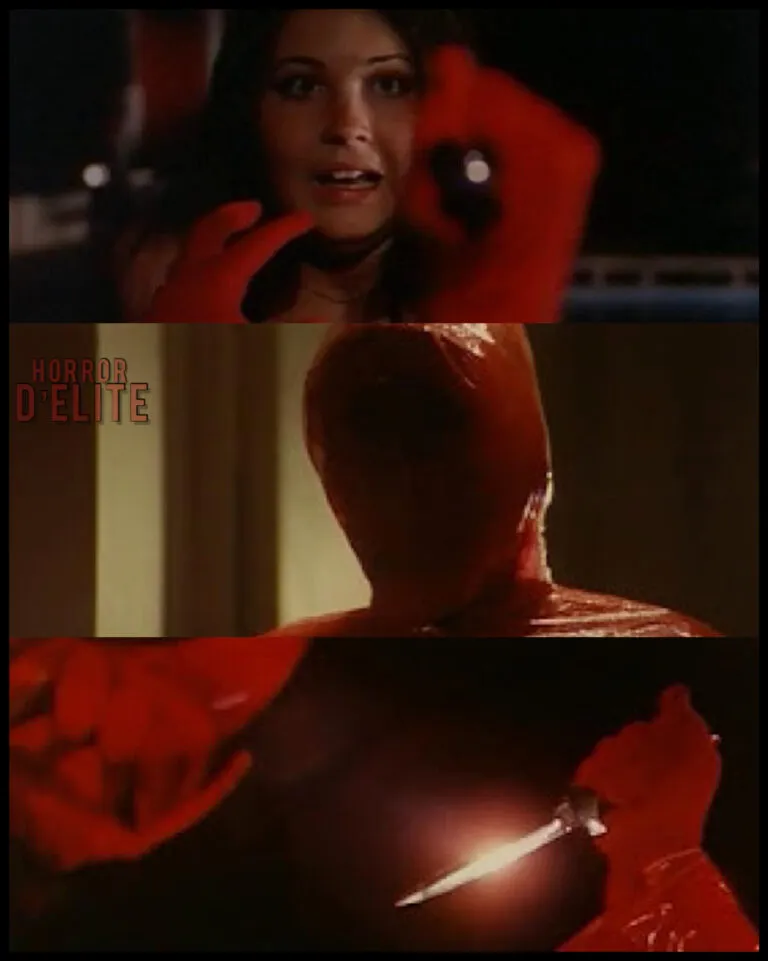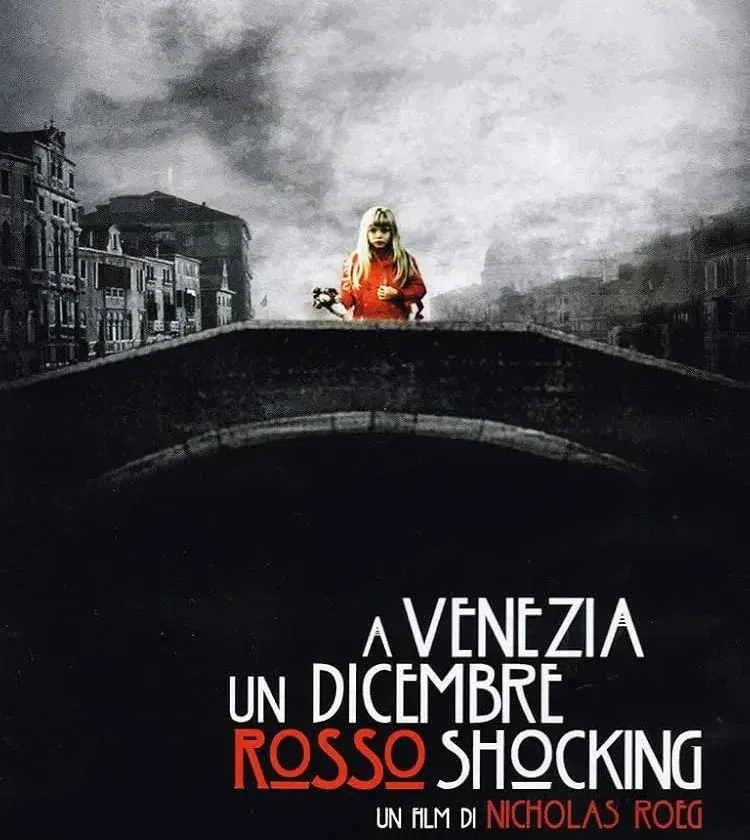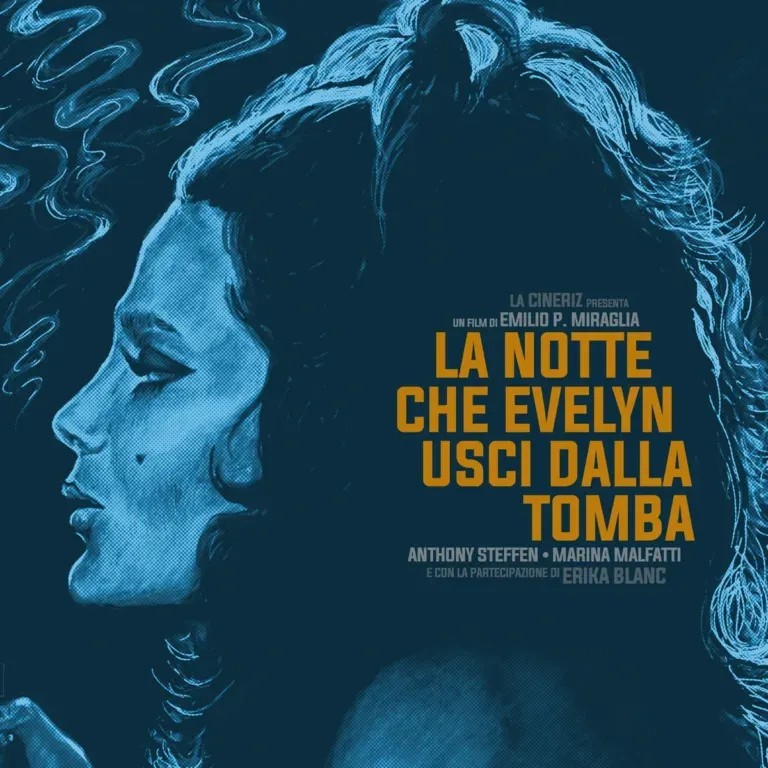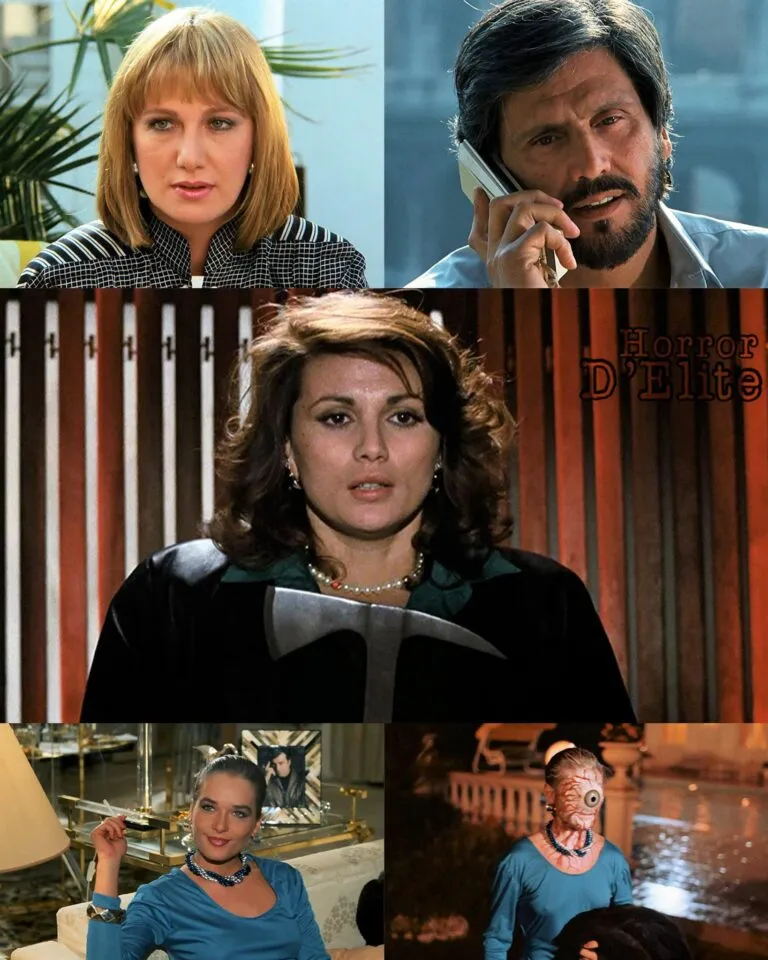Don’t Torture A Duckling
Don’t Torture a Duckling
Original Title: Non si sevizia un paperino
Year: 1972
Director: Lucio Fulci
Screenplay: Lucio Fulci, Roberto Gianviti
Main Cast: Florinda Bolkan, Tomas Milian, Barbara Bouchet, Irene Papas, Marc Porel
Genre: Giallo, Thriller
Soundtrack: Riz Ortolani
Introduction
“Don’t Torture a Duckling” is a 1972 giallo film directed by Lucio Fulci. This film is considered one of the most significant and controversial of the Italian giallo genre, known for its blend of mystery, suspense, and horror elements. With an intriguing plot, a unique setting, and dark themes, the film stands out for its approach to social criticism and its portrayal of superstition and morality in the Italian countryside.
Plot
The story takes place in a small fictional village in southern Italy, Accendura, where a series of child murders begin to occur. The community, trapped in its traditions and superstitions, is in a state of panic and mistrust.
Synopsis
The initial murders shock the community of Accendura, where the victims are children. The local police, led by Commissioner Modesti (Marc Porel), face a complicated investigation hampered by the villagers’ reluctance to cooperate. Among the suspects are several local figures:
La Maciara (Florinda Bolkan): A recluse who lives on the nearby hills and is known for practicing black magic. The community blames her for the murders due to her lifestyle and strange practices.
Patrizia (Barbara Bouchet): A young and beautiful woman who has returned to the village after living in the city. Her liberal behavior and interactions with the children make her a suspect.
Don Alberto Avallone (Marc Porel): The village priest, whose relationship with the children raises suspicions.
As the investigation progresses, dark secrets and traumas are revealed, leading to an unexpected and brutal climax. The revelation of the true killer and their motives highlights Fulci’s critique of social hypocrisy and prejudice.
Themes and Style
“Don’t Torture a Duckling” addresses several complex and controversial themes, many of which reflect the social and cultural concerns of Italy at the time:
Superstition and Religion: The film explores how superstition and religion influence the villagers’ mindset, leading them to commit acts of violence and blame innocent people based on rumors and appearances.
Hypocrisy and Morality: Fulci criticizes the hypocrisy of a society that presents itself as morally upright but is capable of committing atrocities in the name of justice.
Innocence and Corruption: The film contrasts the innocence of the children with the corruption of the adults, showing how external influences can lead to perversion and violence.
Stylistically, Fulci uses a combination of horror and thriller techniques to create an atmosphere of tension and suspense. The cinematography by Sergio D’Offizi captures the beauty and claustrophobia of the rural setting. The scenes of violence, explicit and brutal, serve not only to shock but also to underline the film’s central themes.
Main Characters
Florinda Bolkan as La Maciara: Her portrayal of the recluse accused of witchcraft is deeply moving and tragic, highlighting the community’s prejudice and fear towards her.
Barbara Bouchet as Patrizia: Her role as a modern woman in a traditional environment is complex, presenting both vulnerability and defiance.
Tomas Milian as Andrea Martelli: A journalist who arrives in the village to investigate the crimes, his character offers an external and critical perspective on the events.
Marc Porel as Don Alberto Avallone: The young priest whose relationship with the children is suspect, representing the duality of faith and suspicion.
Soundtrack
The film’s music is composed by Riz Ortolani, playing a crucial role in adding emotional and atmospheric depth. His compositions, which vary from haunting melodies to more melodic themes, help establish the tone and atmosphere of the film.
Critical Reception
Upon its release, “Don’t Torture a Duckling” received mixed reactions, partly due to its graphic content and controversial themes. However, over time, the film has been reassessed and is now considered a masterpiece of the giallo genre. Critics have praised Fulci’s direction, the performances of the cast, and the film’s ability to tackle complex social themes in a provocative and effective manner.
Influence and Legacy
“Don’t Torture a Duckling” has had a significant influence on horror and thriller cinema, particularly in the giallo subgenre. Its approach to social criticism and portrayal of violence has inspired numerous filmmakers. Moreover, the film is an example of how the giallo genre can be used to explore deep and disturbing themes, beyond simple scares and mystery.
Conclusion
“Don’t Torture a Duckling” combines Lucio Fulci’s visual and narrative skill with a deep psychological exploration. The performances of Florinda Bolkan, Barbara Bouchet, and the rest of the cast, along with Riz Ortolani’s soundtrack and the complex plot, make this film a fascinating and disturbing work. For fans of horror cinema and scholars of the giallo genre, “Don’t Torture a Duckling” offers an intriguing and provocative cinematic experience.
The film, with its blend of beauty and terror, continues to evoke wonder and unease, leaving a lasting impression on viewers. The depiction of psychological vulnerability and human obsession makes “Don’t Torture a Duckling” a unique and relevant work in the landscape of psychological and horror cinema.







